Editor's Note: This post was originally posted in July 2018 and has been completely revamped and updated for accuracy and comprehensiveness in October 2019.
Why are we all so scared of houseplants? If you're one of many who struggle to keep their houseplants thriving (or, even alive!) we're here to help with our handy guide.
We spoke to Angela at The Secret Garden in our hometown of Guildford to get some expert advice on house plant care. She took us through everything from the warning signs of overwatering to what to do with them in winter.
Houseplant care 101
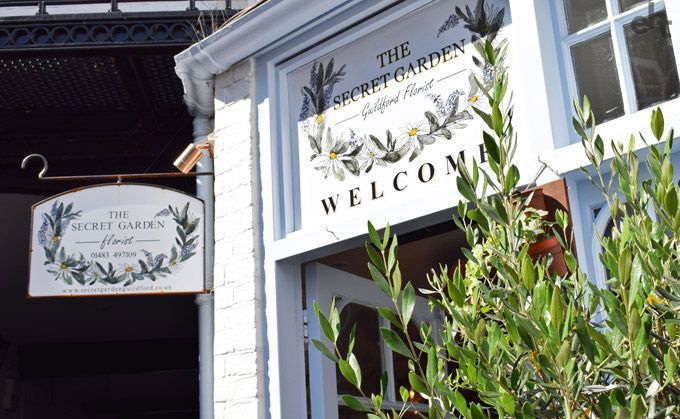
Many of us shy away from getting houseplants in the fear we won't be able to look after them properly, but keeping your indoor plants alive doesn't need to be complicated. We're offering professional advice on the most common plant-related questions below.
1. Watering houseplants
How often should you water houseplants?
It's in our human nature to want to care for things, but when it comes to houseplant care, less is more.
Angela says you should be watering your houseplants once a week, or twice if it's very hot.
If you're unsure, push your finger into the soil - if you reach your second knuckle without feeling any moisture, it's watering time.
Bottom watering house plants
It's all in the name - bottom watering is when you water from the base of the plant rather than the top. In order for this to be effective, you'll need a plant pot with drainage holes and a plant tray.
Angela advises bottom watering wherever possible, as it encourages the roots to grow downwards towards the moisture, making them stronger.
Little & often
Wonder why your house plants always die? The most common cause is overwatering. Excess moisture will rot and kill roots, so it's always best to water little and often and see how your plants get along.
It's much easier to give water to a dry plant than it is to extract it from a swamped one!
2. Light for houseplants
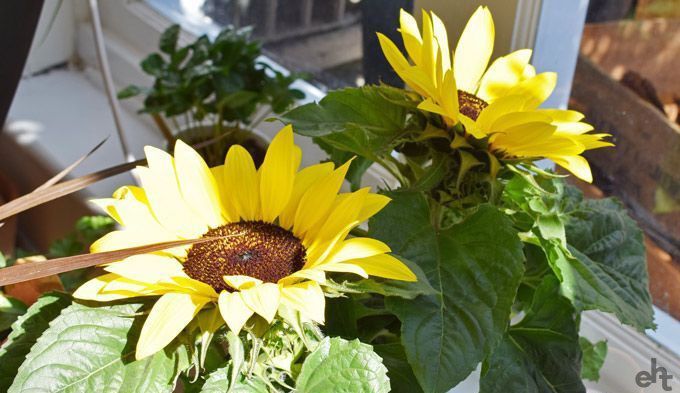
We all know plants need light, but how much? That's the question.
Houseplants should never be in direct sunlight, and nor in complete darkness (except for at night time). Ideally, they'll be in a shaded area in a bright and airy room.
Consider the levels of light carefully before choosing where to place them in your home.
3. Houseplant food
The majority of bouquets now come with plant food, but what's the rule when it comes to houseplants? According to Angela at The Secret Garden, all plants will benefit from plant food.
Angela recommends dissolving Miracle-Gro in the water you use for your plants each week.
Additionally, when potting your plants, she says it's important to use high-quality compost. This will, in itself, help to keep plants as nourished as possible.
4. How to care for houseplants in the winter/summer
Houseplants are so-called for a reason - they benefit from the warmer temperatures of the indoors.
Low temperatures and frost during the winter will kill houseplants, so it's important to take even more care of them during this time. If you have single glazing, keep plants further away from windows, and also avoid placing them directly by radiators.
During Summertime, Angela advises that you may need to water your plants slightly more. It's also a good idea to reevaluate how much light they're getting and adjust their positioning if necessary.
How to revive a dying plant
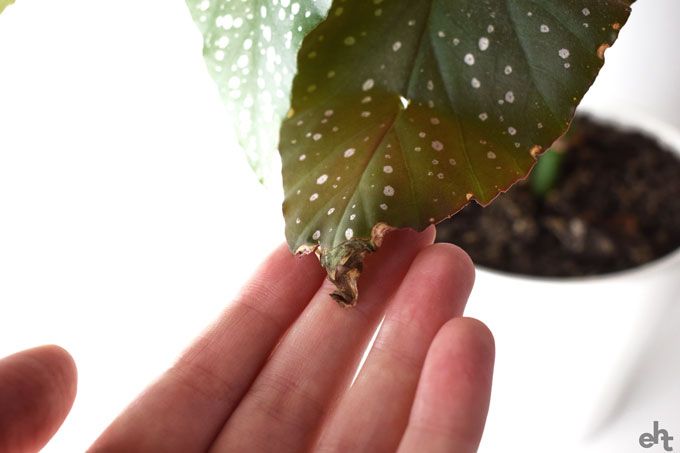
We've all experienced yellowing houseplants during our time, but what do these warning signs actually mean? We're demystifying them below to help you help your plants.
1. Why your houseplants are turning yellow/brown
Wondering why your houseplants are turning yellow or brown? They're sick!
Discoloured leaves can signify problems with watering, light or temperature.
You're under/overwatering
First, check the soil. If it's extremely moist, the most likely cause of your plant's discolouration will be overwatering. If it's bone dry all the way through, it's probably thirsty.
Your plants aren't getting enough light
Another common cause of yellow or brown leaves is not enough light. Along with water, houseplants also need light to photosynthesise. The product of Photosynthesis, glucose, is what feeds the plant.
Although your plants may appear to be in a well-lit area, it's worth bearing in mind the sun's position and the resultant light can change throughout the day. Check back on your plants a few times a day to ensure they're getting the light they need.
2. Why your houseplants are wilting
Is your houseplant looking sad? Here's why it could be wilting...
Your houseplant isn't getting enough water
When plants run out of water, they start to shut down. They can't photosynthesize, which means they can't eat, and, as a result, they run out of energy.
With no energy, everything becomes weak, and they wilt.
3. Why the leaves are falling
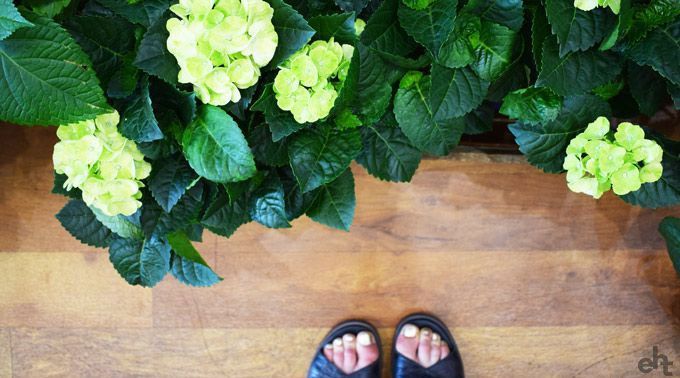
Whilst some leaf loss is perfectly normal, if you've noticed an increase in the number of leaves that are dropping, you may want to reevaluate your houseplant care routine.
You've shocked your houseplants
Plants may not have feelings, as such, but they will react to changes in their environment. Repotting or vasts change in temperature can cause 'stress' and can cause houseplants to drop their leaves.
They're not getting enough water
One of the easiest, but also most difficult parts of houseplant care is getting the moisture levels just right.
Another sign you're not watering your houseplants enough is dropping leaves. When water is sparse, your plants may shed some of their leaves in order to preserve it for as long as possible.
4. Why your houseplants have bugs
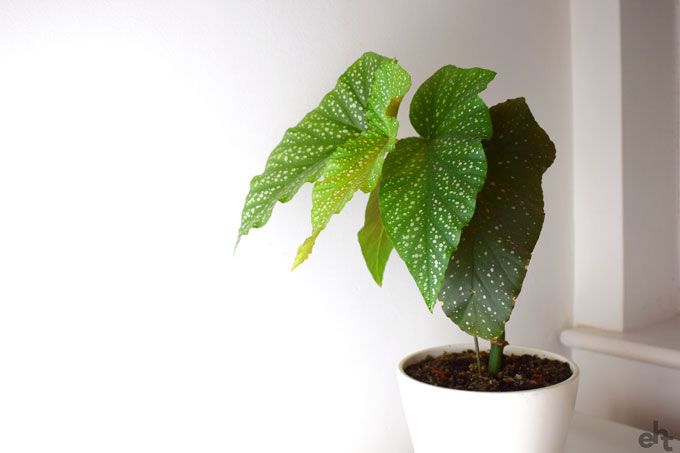
Do your houseplants always seem to be covered in bugs? Time to find out why...
You're overwatering
It seems there's no end to problems that come with improper plant watering. Another tell-tale sign you're giving your plants too much water is the appearance of fungus gnats on and around the soil, which need water to survive.
Additionally, rotting roots as a result of overwatering will also attract flies and other bugs to your plants.
Angela's Top Tip: always invest in your plants. This not only means buying good quality plants (avoid those off the market, as they're usually lower in quality) but also the way you care for them. Pot them in quality, well-sized plants to give them room to grow and thrive, and get yourself a large pot of plant food to keep them as nourished as can be.
How do you keep your houseplants in tip top condition? Share your tricks with us in the comments below!
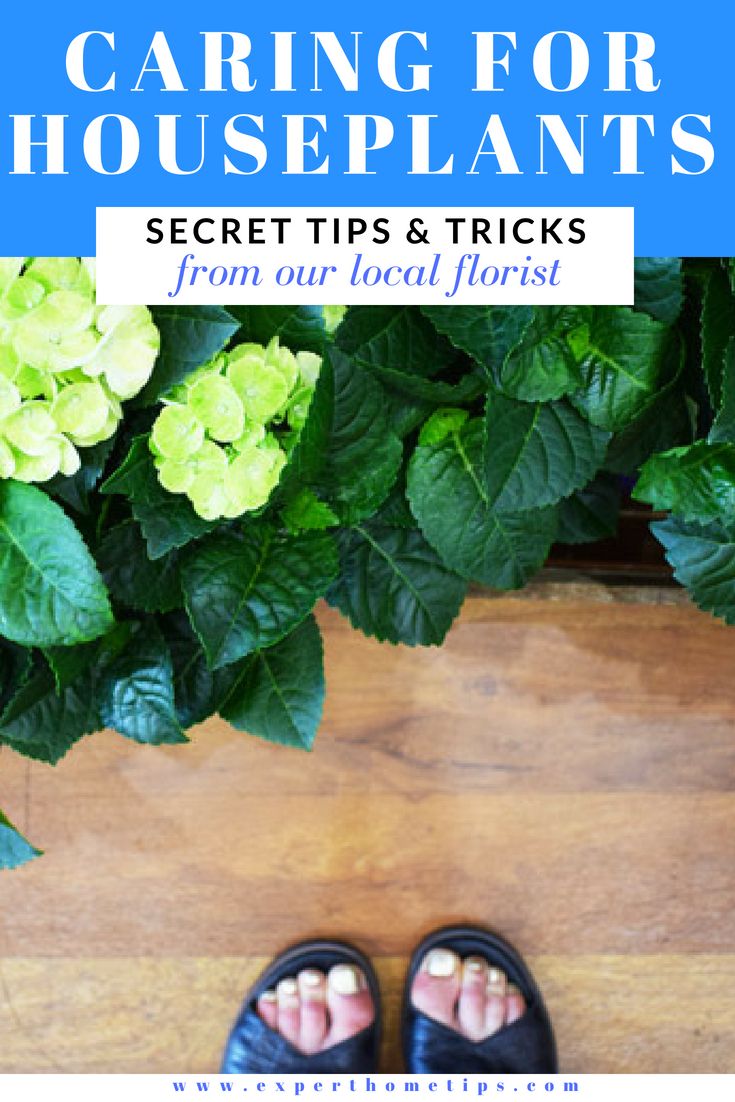
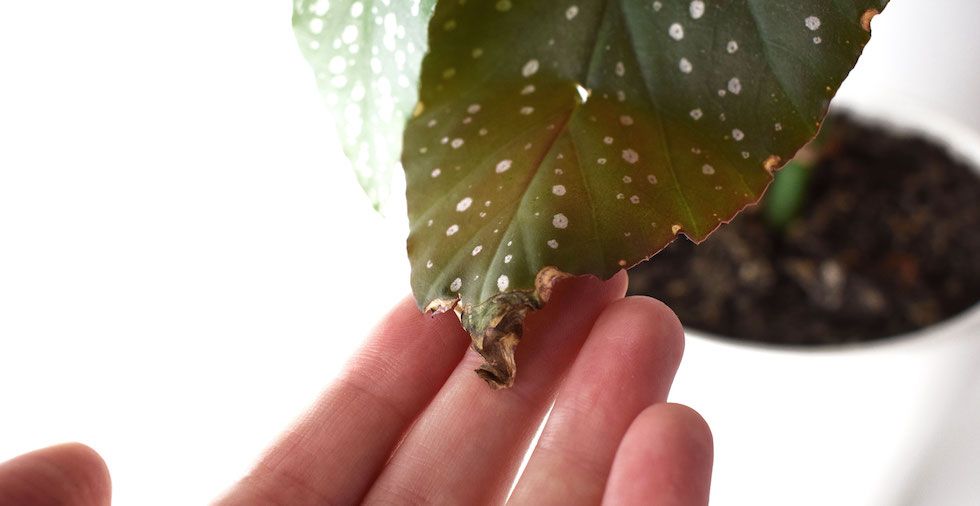
Was told that the water in which eggs boiled good for indoor door plants, seems to work!
Hi Greta, This does, indeed, work! Egg shells are incredibly nutritious and some of this nutrients ends up in the water when eggs are boiled. I bet your plants are flourishing!
Why do my fuchsias die ,all other plants are healthy
Hello June! Fuchsias can be really tricky to keep alive. Normally it's a matter of overwatering. Try reducing the amount of water you give them. Watering them during the morning is also supposed to help. Good luck!
not all houseplant failure is due to the care they receive in the home, many retail outlets sell plants that are meant to die after a month or two. The idea is that if the plants were to continue to flourish, caring family members who bought the plant fof Mum/Auntie etc. would not need to continually replace them. I recently bought a miniature rose for my wife, it grew wonderfully for a month, then suddenly died virtually overnight. I duly replaced it, and on the advice of a freind who works at the local agricultural college, removed it from the pot it was in, washed the roots (there were actually 4 plants) and replaced the soil. these are now flourishing. Mt freind took the old compost to the college and anylised it. It contained what looked like fertilizer balls, but when examined, there turned out to be a "poisoned challice" the outer layer was made of a compound fertilizer, but they contained an inner core of sodium chlorate weedkiller, need I say more!!! poisonous time bombs.
Hi Steve! That's really interesting. Glad to hear you were able to save your plants.
What about brushing the leaves of your plant to get dust off so they can absorb light better for photosynthesis?
Great suggestion!